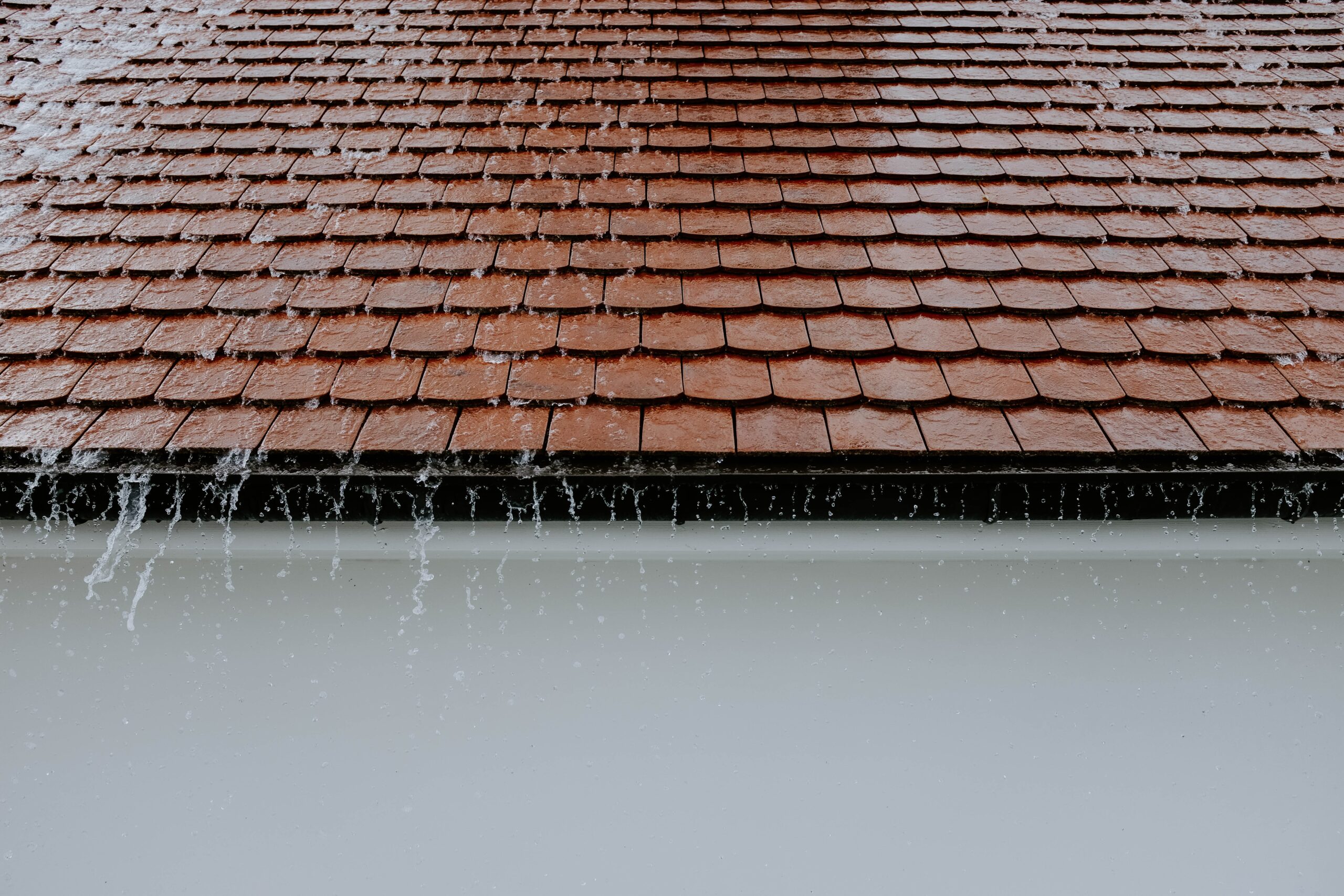Spring is the perfect time to take stock of the roofing situation at your properties. You’re out of the depths of winter and ready to do more of the outdoor work that roofing often requires. When you’re looking at your roof, though, what exactly should you be looking for? Here are a few of the most common types of roofing problems to be on the lookout for this spring and summer.
Freezing damage
We may be past the time when freezing usually occurs for this year, but damage caused by ice is a problem that can stick with you year-round if it’s not corrected. When snow accumulates on your roof, it eventually melts when the weather turns warmer. Depending on conditions, this can cause standing water to collect. That standing water can eventually get underneath the top layer of the roof and cause damage. If the weather cools off and that water freezes again, it will expand, allowing more water in when the thaw comes and exacerbating the issue. Assess your roof carefully for any signs of damage caused by freezing this past winter.
Shrinkage
It’s possible for materials used in constructing a roof to shrink over time. If that happens to you, it can cause real problems; depending on what parts shrink and how much, sections may start to pull apart or crack. As with freezing damage, a careful inspection should help you catch any shrinkage-related issues so you can work on getting them corrected.
Poor repairs
Any time repairs are performed there’s a chance, however small, that they might not have been done correctly. This can turn into a real issue, because you think that the problems are resolved, when they might actually be just as bad or even worse. Try to be careful about who you work with when it comes to roofing repairs, and if you’re not fully confident, inspect their work fully after they say that repairs are completed.
Poor ventilation
Properly-ventilated roofs will generally have vents at or near the highest part of the roof (to allow warmer air to leave) and the lowest part of the roof (to allow cooler air in). Roofs that don’t have vents placed in this manner can hinder circulation and trap hot, moist air at the top of your building. Over time, that can damage your roof and allow good conditions for mold to grow. Make sure that roofing at your properties is well-ventilated to prevent this.
Tree damage
This includes both the obvious (falling limbs that can quickly cause major damage) and the not-so-obvious (tree branches, even small ones, that come in contact with the roof can erode it over time, resulting in damage in the long term). Don’t take any chances when it comes to trees — if one poses any potential danger to your roof, it’s often best to remove it, and plant another tree somewhere else to offset it.
No matter your business goals, ManageGo has your back. To discover just how our software solutions can benefit you and your unique property management needs, request a demo today. Or, connect directly with one of our experts and get started on your journey to better property management.
Want even more? Get your fix and follow our socials for all the latest property management tips, tricks, & trends!
